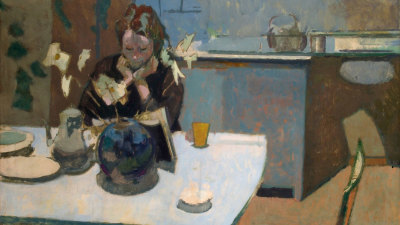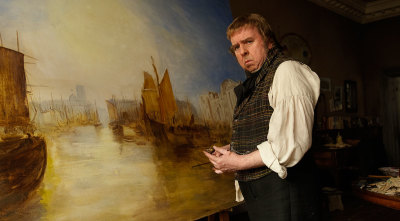Aubrey Beardsley: a lifetime of art in a five year career
Aubrey Beardsley: a lifetime of art in a five year career
By Simon Wilson
Published 13 March 2020
Aubrey Beardsley’s masterly experimentation with different styles and disregard for Victorian taboo are the focus of a new exhibition at Tate Britain. Columnist Simon Wilson looks at the originator of Art Nouveau and his powerful vision of the world.
-
From the Spring 2020 issue of RA Magazine, issued quarterly to Friends of the RA. Simon Wilson is a columnist for RA Magazine, a former Tate curator and has published extensively on the artist.
-
Tate Britain has pulled off a fascinating coup. It has scheduled back to back major exhibitions of two of the greatest but oddest artists in the canon of British art, William Blake (1757–1827) and Aubrey Beardsley (1872–1898). The significance of this conjunction is that these artists share many similarities, to the point that one can be seen as an ancestor of the other. One difference is that Blake was largely greeted with incomprehension, while Beardsley achieved huge fame and notoriety for a brief moment. But both then suffered the same posthumous fate of being largely forgotten, except by a faithful few followers, until both underwent revival, most dramatically in the 1960s. So what had been the problem?
For both Blake and Beardsley, the human figure and the issues of human existence, love, death and religion, took centre stage. On the face of it, this places them in the tradition of what was known as History painting, or ‘high art’, which until the rise of modernism was universally considered to be what artists should aspire to. But both were essentially graphic artists, working in media that were at the time automatically seen as inferior to oil painting. Both drew subjects from literature, from the Greek myths and the Bible onwards. Again, absolutely fine – these were the approved sources of high art. But their work primarily took the form of illustrated books, regarded not as art, but as design. It was the genius of both Blake and Beardsley to overcome these conventions and, as we now see, raise graphic illustration to the very highest levels of art.
Tate Britain’s William Blake show is now closed but Aubrey Beardsley is open. It’s an event of some significance in the history of our understanding of this artist. Beardsley’s revival in the 1960s was marked by a huge exhibition in London in 1966, at the national museum of design, the V&A. The only other major Beardsley exhibition in Britain since then, in 1998, was also at the V&A. It consisted overwhelmingly of books and other printed objects. Out of 207 items in the show, only 34 were original drawings.
The new Tate Britain exhibition now places Beardsley firmly in context in the national gallery of British art and consists almost entirely of original drawings. The way to this long-awaited art museum apotheosis of Beardsley was paved by the publication in 2016 of a monumental two-volume catalogue raisonné of Beardsley’s work, a 20-year labour of love by the American scholar Linda Zatlin. Such catalogues both cement the place of an artist in the canon and are an indispensable tool for any exhibition.
-
-
In his art Beardsley combined what can only be described as supernatural drawing skills with an acute, penetrating and sceptical vision of humanity that was unblinking in addressing those aspects of life that the Victorians perhaps preferred not to discuss. Another vital factor in his fame however was the sheer range of his skills and vision. In his brief mature career of roughly five years, Beardsley evolved at least as many distinct styles. The most extraordinary of these appeared in the set of drawings he made in 1893 for Oscar Wilde’s controversial play Salome (such as The Woman in the Moon).
It is these in particular that earn Beardsley his place in the early history of modernism. In them he abolished perspective and conjured vivid realities with a single singing line and patches of flat black, without modelling with light and shade. He also placed his attenuated figures in unprecedented acres of empty space, suspending them apparently in mid-air, while convincingly evoking the ground on which they supposedly stood. Above all, he achieved something very, very rare in art: he somehow embodied feeling directly into his lines and the images they created.
The most powerful comment on this phenomenon that I know comes from D.H. Lawrence in The White Peacock (1911), in which Beardsley and the Salome drawings feature: “I sat and looked and my soul leaped out upon the new thing.” It perfectly summarises the way I felt on first looking at Beardsley’s works, and I hope that visitors to this exhibition will feel the same way too.
Aubrey Beardsley is at Tate Britain in London until 25 May 2020.

-
-
-
Enjoyed this article?
Become a Friend to receive RA Magazine
As well as free entry to all of our exhibitions, Friends of the RA enjoy one of Britain’s most respected art magazines, delivered directly to your door. Why not join the club?

-





